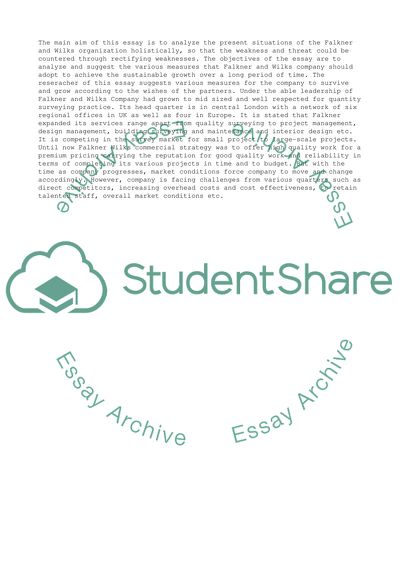Cite this document
(“Managing Growth In a Professional Firm: Falkner Wilks Essay”, n.d.)
Retrieved from https://studentshare.org/management/1539902-managing-growth-in-a-professional-firm-falkner-wilks
Retrieved from https://studentshare.org/management/1539902-managing-growth-in-a-professional-firm-falkner-wilks
(Managing Growth In a Professional Firm: Falkner Wilks Essay)
https://studentshare.org/management/1539902-managing-growth-in-a-professional-firm-falkner-wilks.
https://studentshare.org/management/1539902-managing-growth-in-a-professional-firm-falkner-wilks.
“Managing Growth In a Professional Firm: Falkner Wilks Essay”, n.d. https://studentshare.org/management/1539902-managing-growth-in-a-professional-firm-falkner-wilks.


